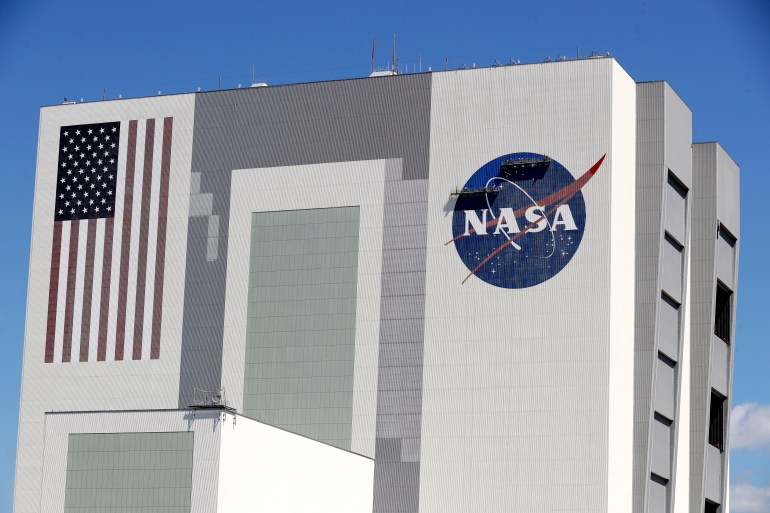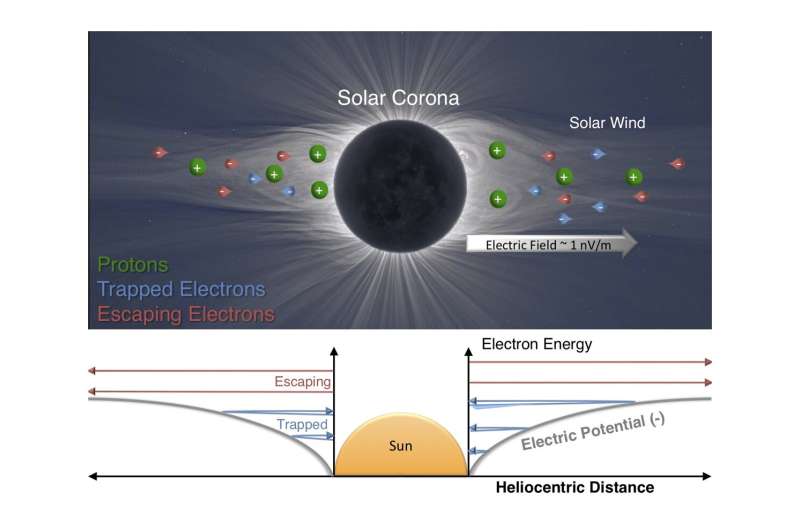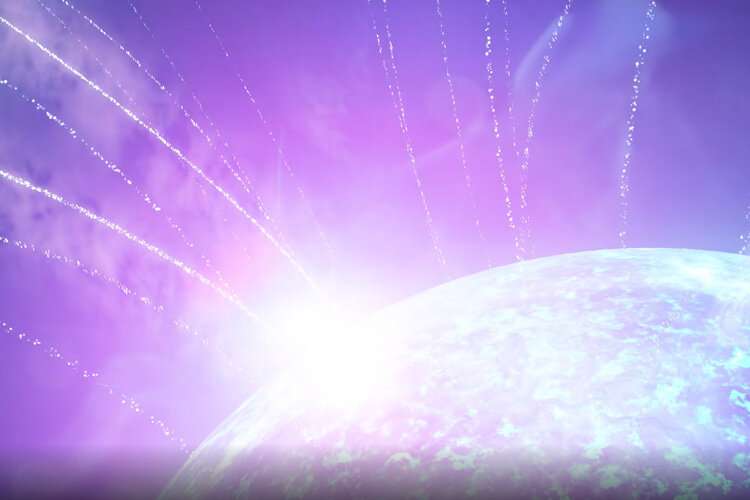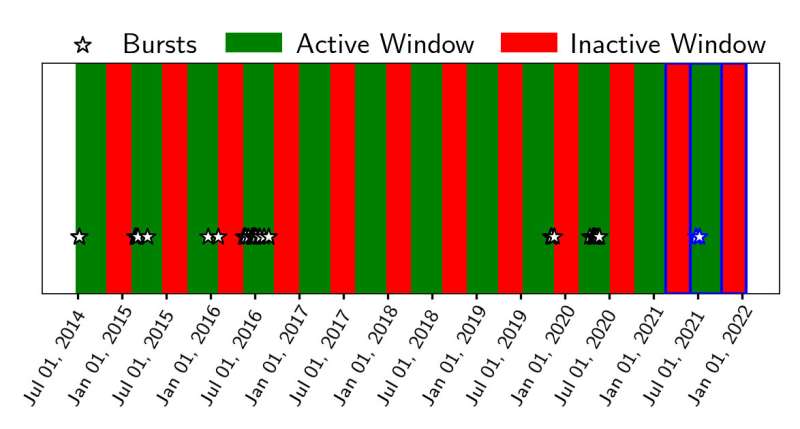Study finds "thriving gap" between students who attend high school remotely vs. in person
Data from the pandemic show high school students studying remotely suffered socially, emotionally, and academically
Washington/Philadelphia, July 14, 2021--New research finds that high school students who attended school remotely during the COVID-19 pandemic suffered socially, emotionally, and academically compared with those who attended in person.
The study was published today in Educational Researcher (ER) by researchers Angela L. Duckworth, Tim Kautz, Amy Defnet, Emma Satlof-Bedrick, Sean Talamas, Benjamin Lira, and Laurence Steinberg. ER is a peer-reviewed journal of the American Educational Research Association.
"Many news stories have reported on individual stories of teenagers who have suffered from anxiety, depression, and other mental health challenges during the pandemic," said lead author Duckworth, a professor at the University of Pennsylvania and the founder and CEO of Character Lab. "This study gives some of the first empirical evidence of how learning remotely has affected adolescent well-being."
The study found a social, emotional, and academic "thriving gap" between students who had been attending school in person and their counterparts who had been attending remotely. The greater suffering of students attending school remotely held up when controlling for how students were faring on the same dimensions prior to the pandemic. Though not enormous in magnitude, the thriving gap was consistent across gender, race/ethnicity, and socioeconomic status--and even small effects are noteworthy when they impact millions of individuals.
On a 100-point scale, in-person students were rated higher than remote students on levels of social well-being (77.2 versus 74.8), emotional well-being (57.4 versus 55.7), and academic well-being (78.4 versus 77.3).
"Notably, the thriving gap was larger among students in 10th through 12th grades than it was among ninth graders," said Steinberg, a professor at Temple University.
"As policymakers gear up for national tutoring and remediation programs--which we agree are urgent priorities--we must recognize that our nation's students are not just lagging as performers, they are suffering as people," Duckworth said. "Meeting their intrinsic psychological needs--for social connection, for positive emotion, and authentic intellectual engagement--is a challenge that cannot wait."
As part of an ongoing research partnership with Orange County Public Schools, a large and demographically diverse public school district in Florida, the study authors had already administered the Character Lab Student Thriving Index--a confidential survey assessing students' current social, emotional, and academic experience--to over 6,500 students in February of 2020, just before the pandemic shut down schools.
Several months later, families in this district were offered the option of remote versus in-person classes for the 2020-21 school year. Two thirds of the students in the sample ended up attending school remotely, and one third attended school in person. Regardless of whether they were learning from home or attending classes at school, the same students completed the Student Thriving Index again in October 2020.
To capture social well-being, the survey included questions about fitting in at school, whether there was an adult in their school to whom they could turn for support or advice, and whether in their school there was an adult who always wanted them to do their best. For emotional well-being, teens responded on how often they were feeling happy, relaxed, and sad, as well as how they were feeling overall about their life. And for academic well-being, the survey asked how interesting teens found their classes, how important they found it to do well in their classes, and how confident they were that they could succeed in their classes if they tried.
###
Study citation:
Duckworth, A. L., Kautz, T., Defnet, A., Satlof-Bedrick, E., Talamas, S., Lira, B., & Steinberg, L. (2021). Students attending school remotely suffer socially, emotionally, and academically. Educational Researcher. Prepublished July 14, 2021. doi.org/10.3102/0013189X211031551.
About AERA
The American Educational Research Association (AERA) is the largest national interdisciplinary research association devoted to the scientific study of education and learning. Founded in 1916, AERA advances knowledge about education, encourages scholarly inquiry related to education, and promotes the use of research to improve education and serve the public good. Find AERA on Facebook, Twitter, and Instagram.
About Character Lab
Character Lab's mission is to advance scientific insights that help kids thrive. Character Lab connects researchers with schools while promoting teacher and student voice throughout the process, with the ultimate goal of identifying conditions that lead to social, emotional, academic, and physical well-being for all young people.






 \
\
